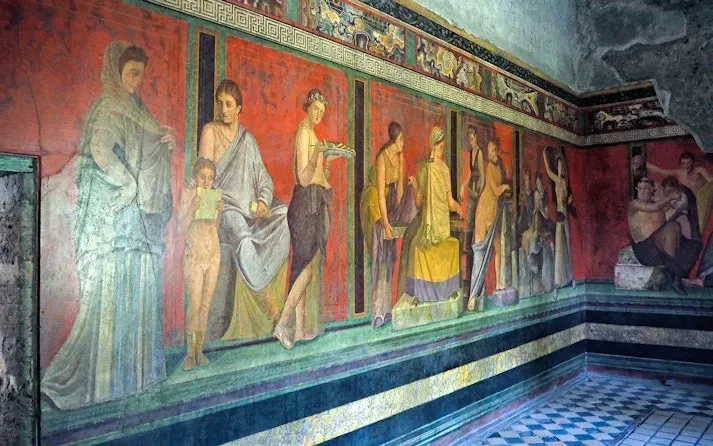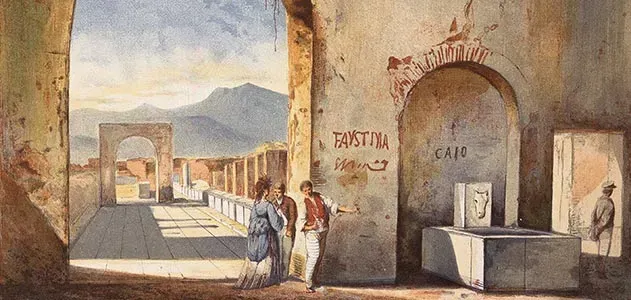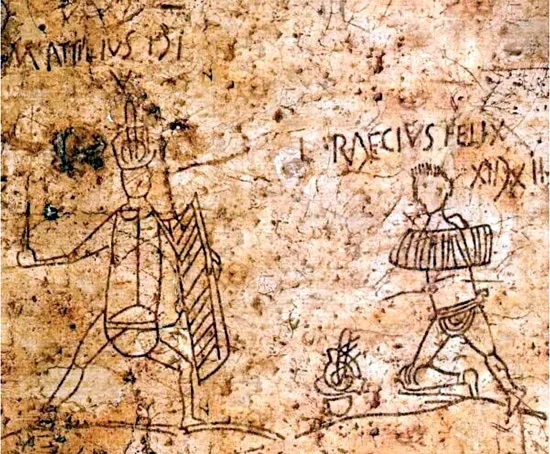Verba volant scripta manent
LATIN EXPRESSION
Meaning and English translation 🔖
Spoken words fly away, written words remain
🇬🇧 Ancient proverb that emphasizes the importance of the written word. It can be interpreted in two ways:
1. It highlights the need to document important agreements and rights in writing.
2. It warns to be careful about what is put in writing, as it could be used in the future.
🇮🇹 Antico proverbio che sottolinea l'importanza della parola scritta. Può essere interpretato in due modi:
1. Evidenzia la necessità di documentare per iscritto accordi e diritti importanti.
2. Avverte di fare attenzione a ciò che si mette per iscritto, poiché potrebbe essere usato in futuro.
Example sentences 💬
Verba volant, scripta manent," disse l'avvocato, sottolineando l'importanza del contratto scritto.
"Verba volant, scripta manent," said the lawyer, emphasizing the importance of the written contract.
Ricordati sempre: verba volant... Metti per iscritto i tuoi accordi importanti!
Always remember: verba volant... Put your important agreements in writing!
This article is brought to you by Giulia School, where you can learn Italian the natural way—with real conversations and passionate teachers guiding you every step of the journey. It’s the closest thing to immersion you can get without living in Italy. Click here to learn more.
Where does the expression come from? 🔎
This Latin phrase dates back to Roman times, but its exact origin is uncertain. It is thought to derive from a speech by Senator Caius Titus to the Roman Senate around the 1st century BC.
Did you know that... 🤓
Impress your italian friends with curious facts about Italy and its culture
The graffiti of Pompeii - a true example of "scripta manent"
This summer, I visited this extraordinary Roman city, uniquely preserved by the eruption of Vesuvius in 79 AD, and I discovered its graffiti! These messages on the walls have survived for almost 2,000 years - scripta manent for real! - and offer an intimate look into the daily life of the Romans.
Below I share with you the journey through time I made exploring the history of Pompeii, the different types of graffiti that can be found, and some tips for visiting this extraordinary place.
The History of Pompeii
To better understand the graffiti, we must first take a step back and learn about the history of Pompeii. Founded about 2,600 years ago, Pompeii passed through many hands: from the Oscans to the Greeks, from the Etruscans to the Samnites, until it became a Roman city in 89 BC. Under Roman control, Pompeii experienced great growth and prosperity, but everything changed abruptly in 79 AD with the eruption of Vesuvius. The city was buried under ash and stones, preserving itself like a photograph of the past. Rediscovered in 1748 by archaeologists, Pompeii continues to reveal its secrets, including the graffiti that speaks directly of life 2,000 years ago.

Its graffiti
Now we can talk about its famous graffiti. In Pompeii, graffiti are messages written or drawn on the walls of houses, shops, and public buildings. In ancient Rome, writing on walls was not considered vandalism, but a normal way of communicating. The walls were like today's social media!

Here are some types of graffiti that I found particularly fascinating:
- Electoral Graffiti
People wrote messages on walls during local elections to support their favorite candidates. An example is: "Vote for Lucius Popidius Sabinus as aedile, please. He deserves it." This graffiti shows us how local politics worked in Pompeii. - Love Graffiti
Even 2000 years ago, people wrote love messages on walls. Here's a romantic example: "Whoever doesn't know love, read these verses and will love. Whoever reads these verses may always love." - Advertising Graffiti
Shopkeepers and artisans used the walls to advertise their products or services. An example is: "At the Golden Vase of Restitutus Celer, the best wine in Pompeii is sold." These graffiti give us information about the types of shops and products that existed in Pompeii. - Insults and Gossip
Not all graffiti was kind. Some contained insults or gossip. For example, "Epaphra, you're bald!" (The more vulgar ones can't have space here: you know, scripta manent...). This graffiti shows us that even ancient Romans had conflicts and rivalries. - Quotes from Poets
Some Pompeians loved poetry and wrote famous verses on the walls. An example is: "Arma virumque cano..." (I sing of arms and the man...), the beginning of Virgil's Aeneid. - Gladiator Graffiti
Fans wrote messages to support their favorite gladiators. One example is: "Celadus the Thracian, three-time victor, the girls' heartthrob." - Vulgar Graffiti
Some graffiti uses rude words or discusses private matters. This graffiti reminds us that ancient Romans were real people with all sides of human nature. - Accounts and Calculations
Many graffiti were simply accounts or mathematical calculations, showing how Romans did calculations in everyday life.
This is the tour I took and that I recommend, along with comfortable shoes and a full water bottle:
- Starting Point: Porta Marina (the main entrance of Pompeii)
- House of the Cryptoporticus: Here you can see graffiti about gladiators.
- Lupanare: The brothel of Pompeii, with many vulgar graffiti.
- House of Julius Polybius: Electoral graffiti.
- Fullonica of Stephanus: An ancient laundry with advertising graffiti.
- House of the Four Styles: Graffiti with quotes from famous poets.
- Basilica: A public building with various graffiti.
- House of the Faun: Graffiti with accounts and calculations.
- Stabian Baths: Graffiti with personal messages.
The graffiti of Pompeii is an open window to the past, showing us that the ancient Romans, despite having lived 2,000 years ago, were not so different from us. They loved, argued, joked, and worried about politics and work, just as we do today. When visiting Pompeii, look for these ancient messages on the walls. Each inscription is like a voice from the past that speaks to us through time, offering us a unique experience that makes us feel part of the long human history.






